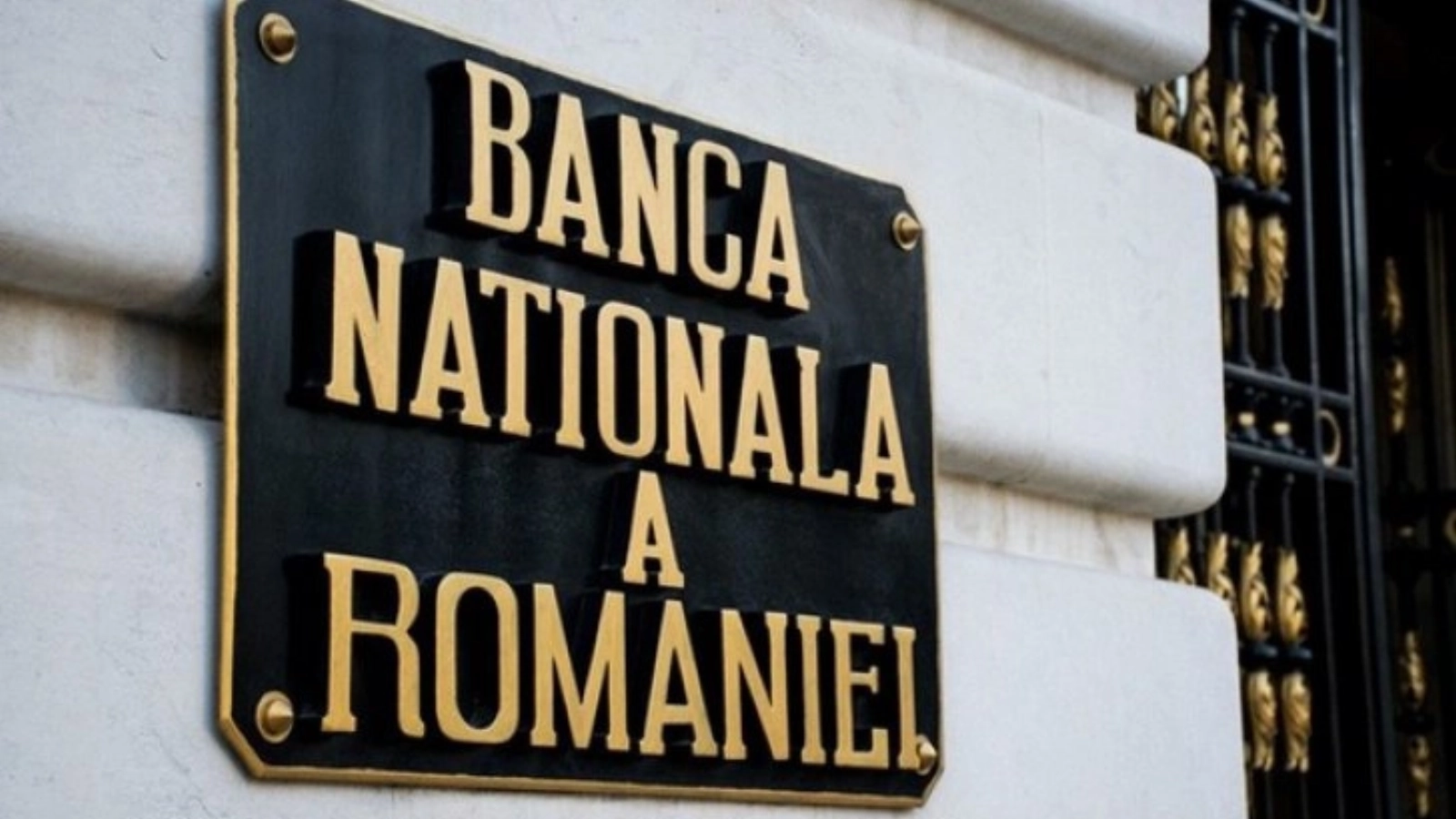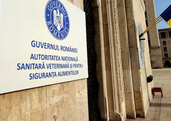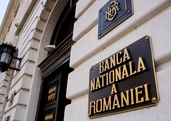In May 2019, the annual CPI inflation rate remained flat at 4.10 percent (4.11 percent in April), above the variation band of the target and slightly exceeding the forecast, as the slowdown in the annual dynamics of fuel and tobacco product prices was fully offset by the step-up in core inflation.
The annual adjusted CORE2 inflation rate (which excludes from the CPI inflation administered prices, volatile prices, and tobacco product and alcoholic beverage prices) continued to increase in May 2019 to 3.2 percent from 3 percent in April. Apart from the impact of the new tax levied on telecom companies and of the hike in some international agri-food prices, the advance mirrors strong demand-pull and wage cost-push inflationary pressures, alongside the upward adjustment in short-term inflation expectations.
Average annual CPI inflation rate continued to decline to 4.2 percent in May 2019 from 4.3 percent in April 2019; calculated based on the Harmonised Index of Consumer Prices, the average annual inflation rate has remained flat at 4.1 percent starting with December 2018.
Economic growth data for 2019 Q1 indicate a faster annual growth rate of real GDP to reach 5 percent from 4.1 percent in the previous quarter. On the demand side, final consumption continued to be the main driver of economic expansion, the swifter pace of increase owing, inter alia, to a base effect, ahead of the change in inventories and of gross fixed capital formation, whose dynamics re-entered positive territory. By contrast, net exports had a larger negative contribution to GDP dynamics against the background of a wider negative differential between the growth rates of exports and imports of goods and services. Data for April 2019 show a faster rise, in annual terms, in both trade deficit and current account deficit compared to those seen in 2019 Q1.
The latest statistical data point to mixed developments for production, consumption and investment: a marginal advance in the annual dynamics of industrial output in April 2019 against 2019 Q1, concurrently with a moderation in retail trade and services to households; a further elevated growth rate, in annual terms, of the volume of construction works, mainly of new construction works (both buildings and civil engineering works).
The annual dynamics of credit to the private sector remained relatively constant April through May, decelerating slightly versus 2019 Q1. The evolution in May reflected the further slowdown in the rise of the domestic currency component, mainly on account of loans to households. Against this background, the share of leu-denominated loans in total private sector credit increased marginally to 66.2 percent.
The latest assessments indicate the outlook for the annual inflation rate to remain above the variation band of the target over the short time horizon, with some small fluctuations, and follow a trajectory compatible with that shown in the latest medium-term forecast published in the May 2019 Inflation Report.
The uncertainties and risks surrounding the inflation outlook further relate to the impact of the set of fiscal and budgetary measures implemented this year, including that of the new benchmark index for loans to consumers (IRCC) on lending and on the monetary policy transmission mechanism. High uncertainties continue to be associated with the future fiscal and income policy stance, while the evolution of the current account deficit remains a matter of concern. Also important are the uncertainties about the pace of euro area and global economic growth – inter alia amid the trade war and Brexit –, as well as about the international oil price developments. Particularly relevant were considered the prospective easing of the monetary policy stance by the ECB and the Fed, and the conduct of central banks in the region.
In today’s meeting, based on the currently available data and assessments, the Board of the National Bank of Romania decided to keep the monetary policy rate at 2.50 percent per annum, while maintaining strict control over money market liquidity. Moreover, the NBR Board decided to leave unchanged the deposit facility rate at 1.50 percent per annum and the lending (Lombard) facility rate at 3.50 percent per annum. In addition, the NBR Board decided to maintain the existing levels of minimum reserve requirement ratios on both leu- and foreign currency-denominated liabilities of credit institutions.
The NBR Board decisions aim to ensure and preserve price stability over the medium term in a manner conducive to achieving sustainable economic growth and amid safeguarding financial stability. The NBR Board underlines that the balanced macroeconomic policy mix and the implementation of structural reforms designed to foster the growth potential over the long term are of the essence in preserving a stable macroeconomic framework and strengthening the capacity of the Romanian economy to withstand potential adverse developments.
The account (minutes) of discussions underlying the adoption of the monetary policy decision during today’s meeting will be posted on the NBR’s website on 11 July 2019, at 3:00 p.m. In line with the announced calendar, the next monetary policy meeting of the NBR Board is scheduled for 5 August 2019, when a new quarterly Inflation Report is to be examined.
































Comentează